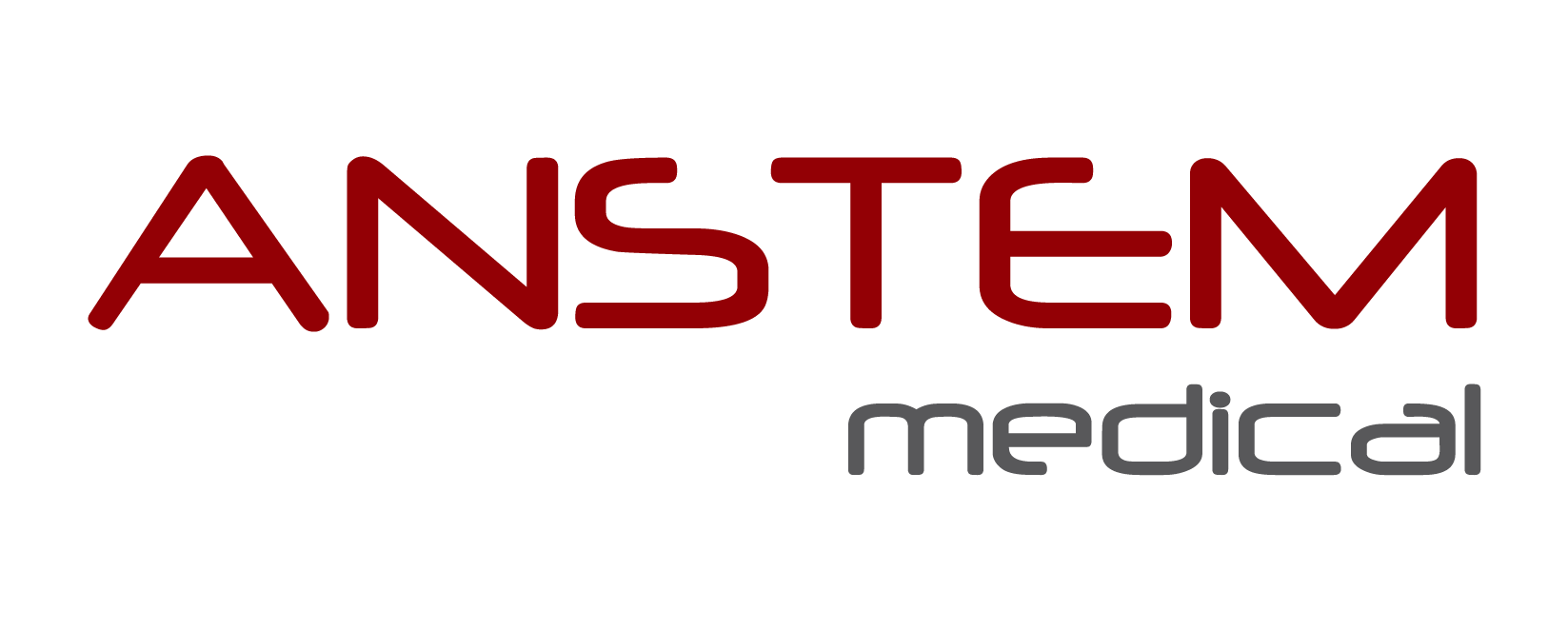Endoscopic Spine Surgery (ESS)
Advancements in Minimally Invasive Techniques


Uniportal vs UBE (Biportal)
In the historical context of endoscopic spine surgery, the uniportal approach has played a pivotal role, evolving from early attempts in the 20th century to visualize and access the spine through small incisions. Advancements in technology and the development of modern endoscopic instruments paved the way for the uniportal approach, characterized by a single small incision for accessing and treating spinal conditions. This technique’s popularity stems from its minimally invasive nature, offering advantages such as reduced tissue damage, minimal scarring, and accelerated recovery.
In more recent developments, the biportal approach has emerged as a significant innovation in endoscopic spine surgery. Utilizing two small incisions, the biportal technique provides enhanced manoeuvrability for surgeons. This approach introduces triangulation, allowing instruments to be positioned at different angles, addressing challenges associated with the limited working space of the uniportal technique. While the biportal approach demands a steeper learning curve and specialized training, it offers a valuable alternative, particularly in complex cases or procedures involving multiple levels of the spine. Both the uniportal and biportal approaches contribute to the historical evolution of endoscopic spine surgery, each offering unique advantages and contributing to the ongoing refinement of minimally invasive spinal procedures.
UBE (Biportal)
ADVANTAGES
- Minimally Invasive: Endoscopic procedures are minimally invasive, involving small incisions or portals, which results in reduced tissue trauma, less blood loss, and faster recovery.
- Reduced Pain and Scarring: The smaller incisions in endoscopic surgery lead to minimal postoperative pain and scarring, resulting in improved cosmetic outcomes.
- Faster Recovery: Patients typically experience a shorter hospital stay and quicker return to normal activities compared to open surgery.
- Targeted Treatment: Endoscopic techniques provide direct visualisation of the affected area, allowing for precise surgical manoeuvres and targeted treatment of specific spinal pathologies.
Treatment Conditions
Herniated Disc
A herniated disc occurs when the soft, gel-like center of a spinal disc pushes through the outer ring, causing compression on nearby nerves. Endoscopic discectomy is a minimally invasive procedure that involves removing the herniated portion of the disc, relieving pressure on the nerves and alleviating pain.
Spinal Stenosis
Spinal stenosis is a narrowing of the spinal canal, leading to compression of the spinal cord or nerves. Endoscopic laminectomy or foraminotomy may be performed to remove the structures causing the narrowing, such as bone spurs or thickened ligaments, thereby relieving pressure and restoring adequate space for the spinal structures.
Degenerative Disc Disease
This condition involves the gradual deterioration of the spinal discs due to aging, wear and tear, or injury. Endoscopic procedures, such as discography or endoscopic fusion, may be used to diagnose and treat degenerative disc disease. Discography involves the injection of contrast dye into the disc to identify the source of pain, while endoscopic fusion aims to stabilize the spine by fusing vertebrae together.
Spondylolisthesis
Spondylolisthesis occurs when a vertebra slips out of place and misaligns with the adjacent vertebrae. Endoscopic spinal fusion may be used to stabilize the affected vertebrae and alleviate symptoms caused by the misalignment.
Facet Joint Syndrome
Facet joints are small joints located between each vertebra, providing stability and facilitating movement in the spine. Facet joint syndrome refers to the degeneration or inflammation of these joints, resulting in pain and reduced mobility. Endoscopic procedures, such as facet rhizotomy or radiofrequency ablation, can be performed to treat facet joint syndrome by denervating or disrupting the nerves transmitting pain signals from the affected joints.
Comparison to Open Spine Surgery
ADVANTAGES
- Direct Visualization: Open surgery provides the surgeon with a direct, unobstructed view of the surgical site, allowing for detailed examination and precise surgical manoeuvres.
- Accessibility: Open procedures offer greater access to the affected area, which can be advantageous for complex cases or when multiple levels of the spine need to be addressed.
- Familiarity: Open spine surgery has been the standard approach for many years, and most surgeons are well-trained and experienced in this technique.
- Instrumentation: Open procedures often allow for the use of larger instruments and implants, which can be beneficial for certain spinal conditions requiring stabilisation or fusion.
DISADVANTAGES
- Tissue Trauma: Open procedures typically involve larger incisions, resulting in more extensive tissue damage, increased blood loss, and longer recovery time.
- Postoperative Pain: The larger incisions and tissue disruption associated with open surgery can lead to more postoperative pain and discomfort for patients.
- Longer Hospital Stay: Patients undergoing open surgery often require a longer hospital stay compared to minimally invasive procedures.
- Higher Risk of Complications: The invasiveness of open surgery increases the risk of complications such as infection, blood clots, and damage to surrounding structures.
Differences in Postoperative Patient Recovery
| Topics | Open Spine Surgery | Endoscopic Spine Surgery |
|---|---|---|
| Incision Size and Tissue Trauma | Open procedures involve larger incisions, resulting in more extensive tissue trauma. This can lead to increased postoperative pain, swelling, and longer healing times. Patients may require stronger pain medications and experience more discomfort during the initial recovery period. | Endoscopic procedures utilise smaller incisions or portals, leading to reduced tissue trauma. Consequently, patients often experience less postoperative pain, minimal swelling, and quicker healing. Pain medication requirements may be lower, and patients tend to experience less discomfort during the early recovery phase. |
| Hospital Stay and Recovery Time | Due to the invasiveness and longer healing process, open surgery typically necessitates a longer hospital stay. Patients may need to spend several days in the hospital to monitor their condition, manage pain, and ensure proper recovery. The overall recovery time may range from weeks to months, depending on the specific procedure and the patient's individual healing abilities. | Minimally invasive endoscopic surgery generally results in a shorter hospital stay compared to open surgery. Many patients are discharged within 24 to 48 hours after the procedure. Moreover, the recovery time is often shorter, allowing patients to resume their daily activities more quickly. While recovery duration may still vary based on the complexity of the surgery and individual factors, endoscopic procedures generally enable a faster return to normal routines. |
| Scarring and Cosmetic Outcome | Open procedures typically leave larger scars due to the bigger incisions required. These scars may be more noticeable and have a longer healing process. While scar appearance can vary between individuals, some patients may feel self-conscious about the visual impact of the scar. | With the use of smaller incisions in endoscopic surgery, scarring is minimised. The resulting scars are generally smaller, less prominent, and often fade more quickly over time. This can contribute to improved cosmetic outcomes and increased patient satisfaction with the surgical results. |
| Postoperative Complications | Due to the larger incisions and more extensive tissue manipulation, open surgery carries a relatively higher risk of postoperative complications. These may include infection, blood clots, wound healing issues, and damage to surrounding structures such as nerves or blood vessels. | Minimally invasive endoscopic procedures have a lower incidence of complications compared to open surgery. The reduced tissue trauma and smaller incisions contribute to a decreased risk of infection, blood loss, and damage to surrounding structures. However, like any surgical procedure, endoscopic surgery still carries potential risks, although they are generally lower in comparison. |
